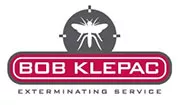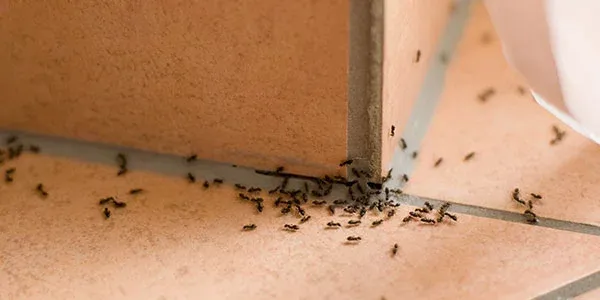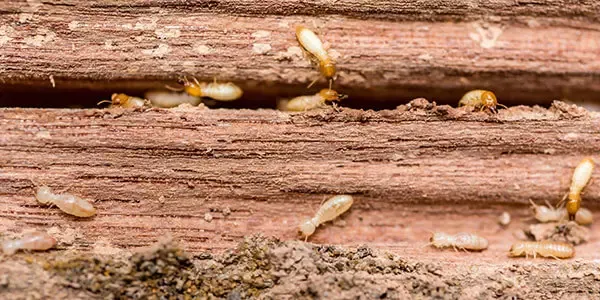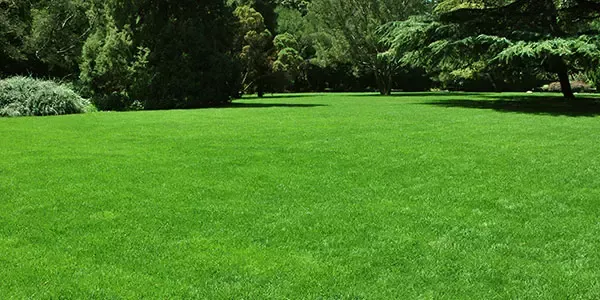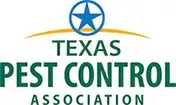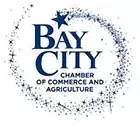Image

40+ Years of Providing Excellent Services
Even the trickiest pests or lawn problems don’t stand a chance against our experienced experts.
Pest Control and Lawn Care in Bay City
We’ve worked hard to stand out from the competition, and we think you’ll like what we have to offer. With contract-free options, free re-treatments, and an online payment portal, it’s never been easier to get rid of pests.
Areas We Service in the Texas Gulf Coast
If you’re looking for local pest control that really works, look no further than Bob Klepac Exterminating Service! We’ve been providing services in Texas since 1979, so we know all the secrets to keep your home pest-free. See if we service your town, then give us a call to schedule your first appointment.
Image
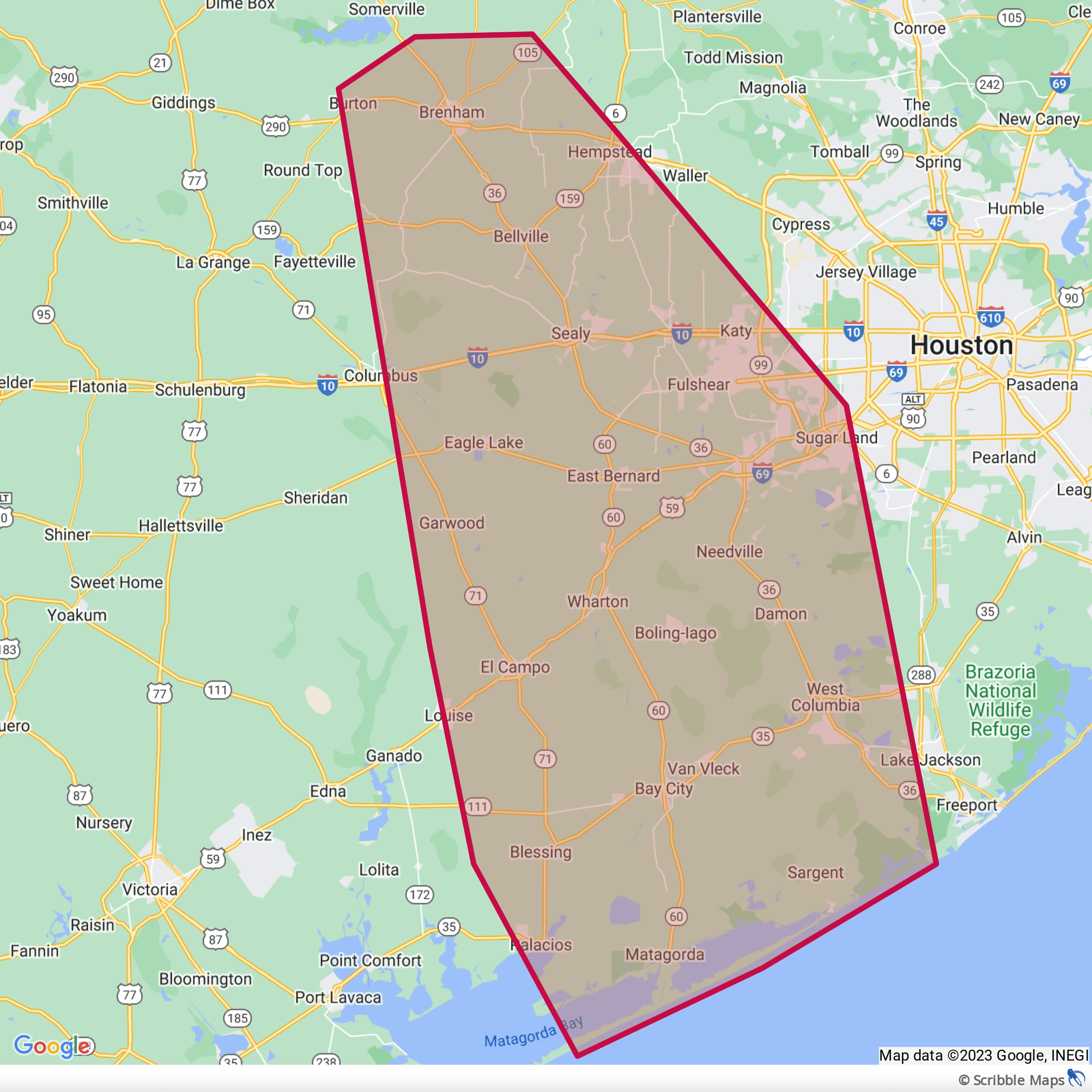
Get Started Today! Call us at 979-245-5700 or
